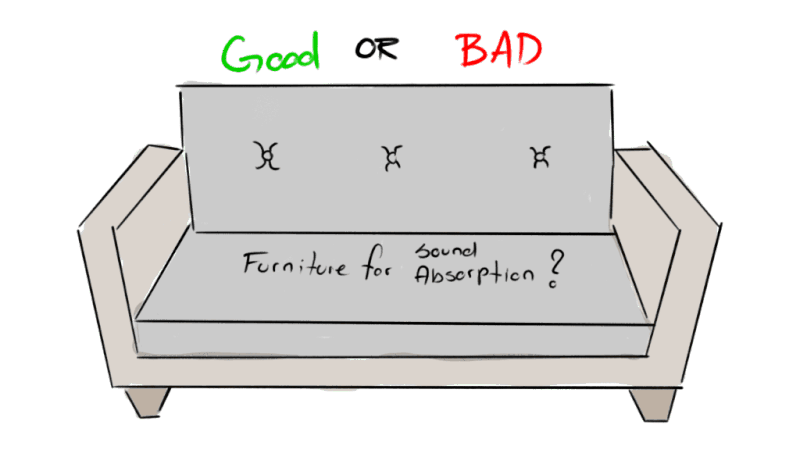Absorption materials and its limitations
How do we quantify acoustic performance?
One acoustic parameter is the Sound Absorption:
Sound absorption involves the process of reducing the reflection of sound waves from surfaces. Materials with high sound absorption coefficients are effective in minimizing the amount of sound energy reflected back into the room. Absorptive materials, such as acoustic panels, foams, diffusers, or specialized fabric, are strategically placed to control excessive reverberation and enhance speech intelligibility, music clarity, and overall sound quality within a given space.
Sound Absorption coefficient denoted with the greek letter “α” (alpha) A single value for determining the sound absorption abilities of a material. The value ranges from 0 which means zero sound absorption, and 1 which means 100% sound absorption.

Sound Absorption coefficient is a measure that determines the sound absorption ranging between 0 (no sound absorption) and 1 (100% sound absorption)
Furniture used as sound absorption?
Furniture for Enhancing Acoustics: yay or nay?
While certain types of furniture, especially those with upholstered surfaces, can contribute to additional sound absorption, hard surface furniture will mostly not.
However adding furniture strategically can assist in breaking up room modes and creating a bit more of a diffuse sound field.
It’s essential to note that while furniture can provide that extra edge in regards to sound absorption in the room, it won’t fix underlying room acoustics issues.
Professional acoustic treatment for large sufaces (for example ceiling and walls) is still crucial for addressing larger-scale challenges.

Furniture can be an addition in terms of sound absorption, however the absorption area given by soft furniture is very low in comparison to larger areas like ceiling and walls.